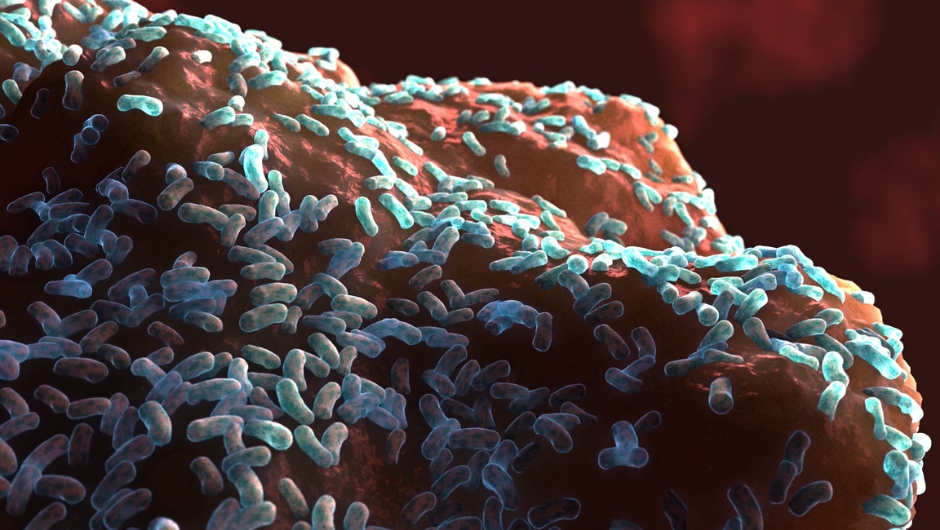Biofilms – The Hidden Barrier to Gut Healing

If you’re dealing with ongoing gut problems like bloating, constipation, SIBO, Candida, or food sensitivities—and nothing seems to work—there’s a hidden reason you might be missing: biofilms. Many people focus on diet and supplements but still struggle because they haven’t addressed these protective layers formed by harmful microbes.
What Exactly Are Biofilms?
Biofilms are protective layers created by harmful bacteria, yeast, or parasites in the digestive tract. These microbes release a sticky mix of sugars, proteins, and DNA that forms a strong shield around them. This shield protects them from:
- Herbal and pharmaceutical treatments
- Your immune system
- Oxygen and other harmful conditions
This means even powerful supplements or antibiotics may not reach the microbes. As a result, the infection or imbalance stays in your body—even if your lab reports show no major problems.
Why Biofilms Prevent Gut Healing
Biofilms are a survival strategy for microbes. Once they form, they can:
- Resist treatment for months or years
- Prevent beneficial probiotics from growing
- Trap toxins, leading to inflammation and symptoms
- Create a long-term imbalance in the gut (called dysbiosis)
This is one of the main reasons people experience repeated infections, poor digestion, and chronic gut issues despite making healthy lifestyle changes.
Common Gut Issues Linked to Biofilms
Biofilms are often present in people with:
- SIBO (Small Intestinal Bacterial Overgrowth) that returns after treatment
- Candida or fungal overgrowth that doesn’t go away
- H. pylori infections that keep coming back
- Long-term bloating, food intolerance, or leaky gut
- Low beneficial bacteria despite taking probiotics
These conditions are hard to treat unless the biofilm layer is broken down first.
What Are Biofilms Made Of?
Biofilms are not just mucus. They are highly structured and built with:
- Polysaccharides (sticky sugars that form the base)
- Proteins (to protect microbes from attack)
- DNA (used by microbes to communicate and resist treatment)
This structure makes them resistant to most treatments unless you specifically target the biofilm itself.
How to Break Biofilms Naturally
Here’s a proven strategy used in functional and integrative medicine:
- Start with enzymes like nattokinase, serrapeptase, or lumbrokinase. These break the protein-based structure of biofilms. Take them on an empty stomach in the morning.
- After 30–45 minutes, use natural antimicrobials such as oregano oil, berberine, clove, or neem to kill the exposed microbes.
- In the evening, take a binder like activated charcoal or chlorella. This helps absorb and remove the toxins released during the process.
- After 2–4 weeks, begin adding probiotics and gut-healing nutrients like L-glutamine, zinc carnosine, and aloe vera to support your intestinal lining and rebuild your microbiome.
This sequence works because it removes the barrier (biofilm), eliminates the harmful microbes, and then repairs the gut environment.
Lab Clues That Suggest Biofilms
You might have biofilms even if your stool tests look normal. Here are some signs:
- High calprotectin – a marker of gut inflammation
- Recurring Candida or H. pylori in tests
- Low levels of beneficial bacteria
- High zonulin, which indicates leaky gut
- Persistent symptoms despite treatment
If you’ve had multiple tests with vague or mixed results, and your symptoms remain, biofilms could be the hidden factor.